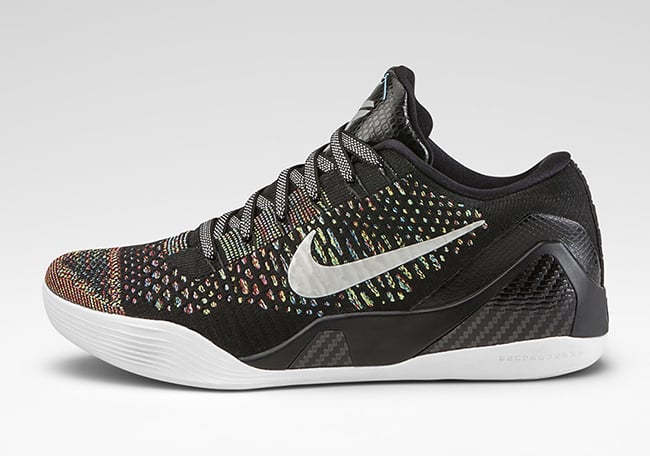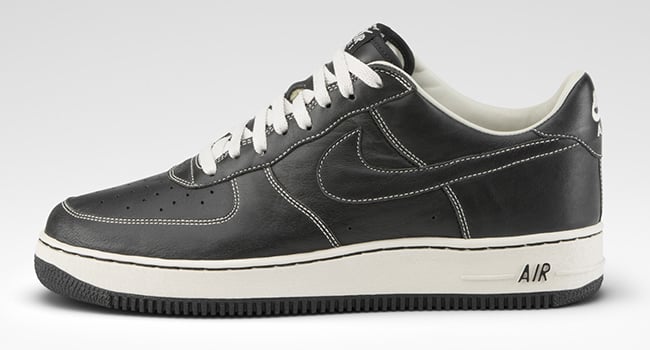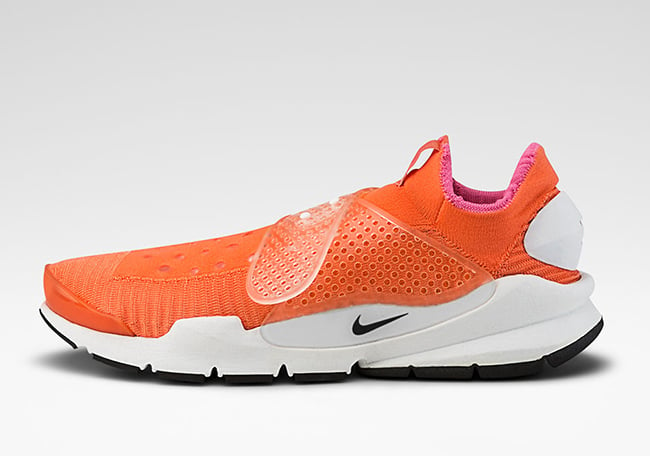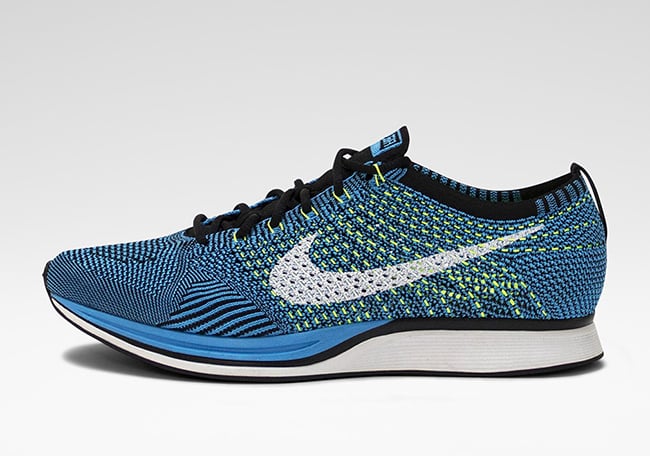
HTM represents the collaboration between fragment design founder Hiroshi Fujiwara, Nike Vice President of Creative Concepts Tinker Hatfield and NIKE, Inc. President & CEO Mark Parker. Combining the initials of their first names reads HTM.

An acronym for the first initials of its three contributors, HTM explores new concepts in Nike design, often highlighting the latest technologies and hinting at future applications. Debuting in 2002, the collaboration has yielded 32 releases, from aesthetic updates of existing classics to the introduction of performance technologies, such as Nike Flyknit. The following is an oral history of what has become Nike’s most elusive collaborative line.

The HTM collaboration debuted in 2002 with a unique take on the iconic Air Force 1. Capturing the discerning approach that defined Japan’s connoisseur culture, the silhouette featured soft premium leather in dress shoe tones of black or brown, subtle details such as “HTM” in the footbed and contrast stitching.
Tinker Hatfield: At first, HTM was an exercise of using unexpected colors and materials to elevate classic designs.
Hiroshi Fujiwara: This was a time when luxury sneakers were not so common. So at the beginning, HTM became an opportunity to add a sense of luxury to sneakers.
Mark Parker: With HTM, there aren’t really any constraints. We can use the best materials at our disposal because we’re not usually creating something that’s produced in great numbers. So for the Air Force 1, we wanted to make a premium version by using an incredibly high-end leather. And instead of athletic color-blocking, we emphasized the classic lines of the shoe with contrast stitching.

HTM evolved in 2004 to highlight new concepts in design. Perhaps no HTM concept to that point was as ambitious as the Nike Sock Dart. Channeling the groundbreaking spirit of the pioneering Nike Sock Racer, the shoe utilized a computerized knitting technology on its upper, offered extra support with its fastened silicone strap and was built on a particularly progressive-looking sole unit.
Mark Parker: The Sock Dart resulted from Tinker’s team playing with circular knit machines. It was really part of the journey of sock-like product that began with the Sock Racer in the mid ’80s.
Tinker Hatfield: It was a challenging project that involved circular knitting, which we kept telling everyone was the future of footwear design. But we didn’t make many when we originally launched the shoe and no one really saw it. But soon thereafter, as I recall, Hiroshi wanted to bring it to HTM.
Hiroshi Fujiwara: Later, in Japan, I saw it being sold. I repeatedly told Mark and Tinker that the shoe is futuristic and interesting and that we should bring it back. So we decided to elevate it with HTM.
Tinker Hatfield: I will tell you — one of the reasons I participate in a project of this nature is that it affords you the opportunity to unearth some gems that no one really paid attention to. By doing so, you can spark thought about future design. The Sock Dart helped people rethink some upcoming projects, as we were starting to work a lot with knit and this was such an advanced, futuristic shoe.
Mark Parker: It was an important step toward what eventually became flat-knit construction with Flyknit. So again, we were working on things that would create another spark in the company.
Hiroshi Fujiwara: Rather than updating what has already been around, HTM became more about releasing new ideas for the first time.

Eight years later, Nike’s work with knit would take a major leap, as the company introduced its revolutionary Flyknit technology. HTM served as the ignition point for the new concept, introducing the supportive, lightweight and waste-reducing technology on the Nike HTM Flyknit Racer and Nike HTM Flyknit Trainer+.
Mark Parker: We could see the amazing potential [of Flyknit] right away. It was clear that we were rewriting the rules of performance engineering. When we saw the leap that could be made by using Flyknit instead of cut and sew, it was like comparing airbrush to collage. It’s so precise. Now we could micro-engineer whatever solution we wanted — support, flexibility or breathability — by manipulating both the yarns and the stitch patterns.
Hiroshi Fujiwara: Flyknit shoes look so simple, but they are incredibly technical. I understood how amazing the technology was. But with early samples, it was hard to see if the shoe actually featured a knitted upper. In order to make the knit and seamless construction more visible, I advised the team to use colors to explain the concept, such as by mixing different colored yarns.
Tinker Hatfield: HTM afforded us the opportunity to somewhat ease a disruptive technology into the market. We could learn from the launch, get people to notice the technology and then scale it from there. So that Flyknit release, to me, is the best example of HTM’s purpose and potential.

In 2014, HTM touched performance basketball for the first time. The KOBE 9 Elite Low HTM marked the first low-cut Nike Flyknit hoops shoe in history, transcending the boundaries between court and culture. Flecked laces, anodized HTM aglets and reflective snake scales were consistent with the line’s obsessive approach to detail — and Kobe Bryant’s own unrelenting approach to footwear.
WORKING WITH KOBE
Hiroshi Fujiwara: The KOBE 9 Elite Low HTM gave us the opportunity to celebrate how much Flyknit had evolved. What was first used for running could now be used for the intense, diagonal movements of basketball.
Tinker Hatfield: Of course I wasn’t really involved in the design of that shoe, but I was sitting next to Eric Avar throughout its development and I personally think that that’s one of the best-crafted, best-designed, best-tested products that we’ve ever put together. It’s a superb combination of technology and athlete insight.
Mark Parker: Kobe is an athlete who always wants the latest innovation in his footwear, so it seemed fitting that his shoe would be the first signature athlete model we worked on as HTM. He was exited about it. He loves sneakers, so I think he enjoyed the connection to HTM.
While this is most of the interview by Nike, you can read the rest here.
